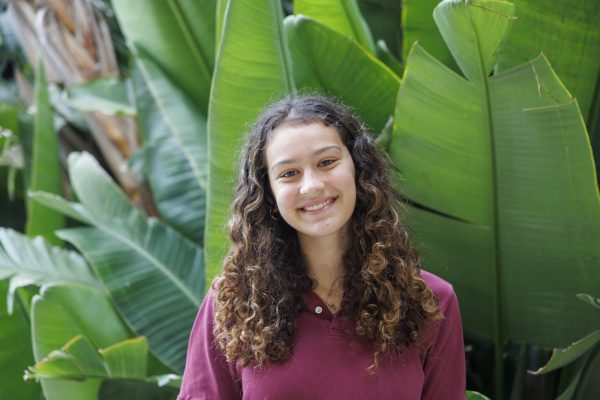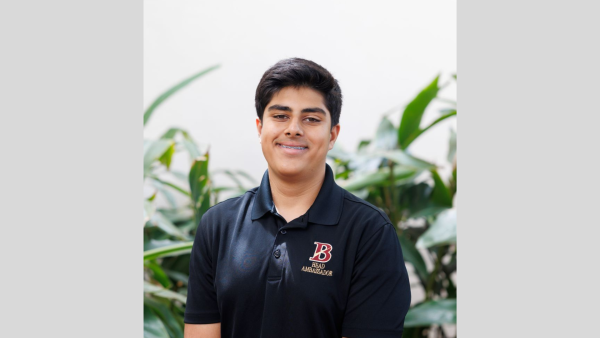“To me, [inclusion] means championing and showcasing all styles of dance, rather than just the ones we’re trained in, or the ones that our culture is most familiar with,” said Ms. Yvette Luxenberg, the new dance teacher, in regards to Performing Dance Group’s (PDG) upcoming fall show.
On Thursday November 15th-17th, PDG will be performing three nights of their fall show, called Interconnection, in the Taylor Performing Arts Center — in addition to previews during enrichment for certain grades earlier in the week. “We have seven group pieces that I choreographed, then five that [the dancers] choreographed themselves, which are solos and duets,” explained Ms. Luxenberg. The show is short and sweet: it will run just under an hour. Its focus is on highlighting this year’s Bishop’s value of inclusion.
“[The show] was built off the idea of community and sticking together through good and rough times,” according to Lila Hampers (‘24), a member of PDG. “A lot of the pieces are based around being together and having physical connection, but also spiritual connection with one another on stage,” she added.
Ms. Luxenberg also mentioned that the show focuses on exploring and playing with all different styles of dance. She explained that, in the U.S., dance is “a lot of contemporary, ballet, jazz.” However, she added that “All cultures have different dance forms and those are just as valid as the sort of concert dance styles that we tend to see put up on a platform in our culture.”
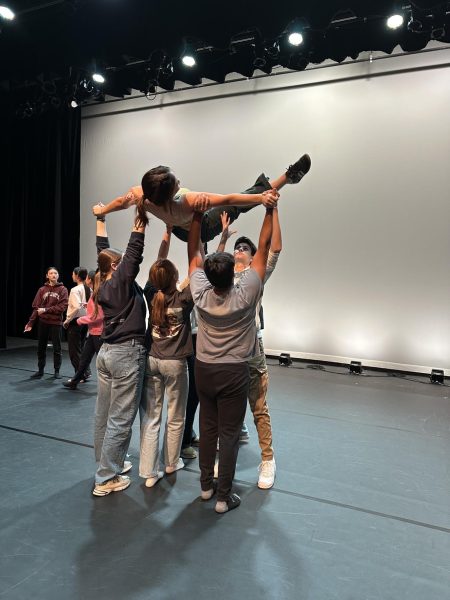
Ms. Luxenberg stressed that the show highlights the “interconnectedness of these styles” with the types of dance most Americans are more familiar with. She said, “You study a world dance style that’s not your culture and you notice ‘Oh, there’s all these similarities to this other style that I know.”’ In the words of PDG member Bela Gowda (‘24), the show is about “bridging gaps between different perspectives.”
Due to this focus on inclusion and performing dances of all types, Interconnection has an impressive variety of performances. One of the pieces features Sevillanas, a specific form of the Spanish dance called the flamenco. According to Ms. Luxembourg, Sevillanas is “a social dance” that “people learn and can dance together at joyous occasions like weddings.” Another featured dance is choreographed to the Beyoncé song “Pray You Catch Me,” and it focuses on vulnerability and relationships. A third piece is danced to heartfelt song “The Village,” which Ms. Luxenberg explained is “a beautiful piece about supporting our LGBTQIA students, faculty and staff.”
PDG member Mira Singh (‘25) mentioned that, out of all the shows she’s done at Bishop’s, “This one contains the most variety of pieces.” She added, “A lot of us got to try a new style that we hadn’t tried before. That adds new flavors to the show that aren’t as common, that many audiences don’t normally see.”
Lila agreed, explaining, “There are going to be some pretty cool pieces that abstractly fit the theme and then there are going to be some that more literally fit [it].” She mentioned that “that’s what makes the show so varied and I think that’s what’s going to make it very captivating to watch.”
Because of how varied the pieces are in this show, Ms. Luxenberg went about picking songs and dancers for the different performances in a very specific way. Before finalizing the songs featured in the show, she “had them email in their votes of which songs they really enjoyed, what pieces spoke to them.” Then, with their votes, she was able to condense the 12-15 songs she had initially to the seven group pieces that will make it into the show.
Ms. Luxenberg also mentioned that she let dancers “choose which [pieces] they wanted to be in,” because “not everyone is always ready at every point in their life to jump into something new.” She added, “Even if you want to encourage students to be more open minded and be inclusive, it doesn’t mean that they’re in a place that they feel they want to do that right now.”
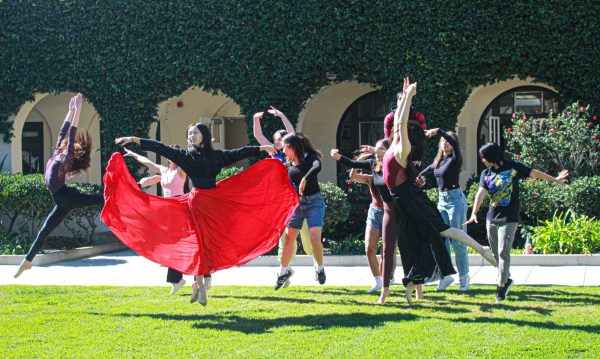
More generally, Ms. Luxenberg stressed including student’s voices and thoughts in the dance-making process. Even in the seven pieces she choreographed, there were smaller sections throughout choreographed by the dance. “I hope that will give that sense of everybody’s movement and [that] how [they] move belongs here,” Ms. Luxenberg said. “Even if I have the overall vision, you feel yourself in the piece, you feel connected to the piece because you made up sections of it.” Lila even mentioned that her favorite part of the show is “how much in each piece we’re still able to express ourselves”.
Many PDG members felt these large group numbers — which there were more of than in typical fall shows — elevated the theme of interconnectedness even more. “Because there are more group pieces, more of us are involved in each piece,” Mira explained. Bela similarly said, “We’re all connected together in those pieces instead of just groups of smaller groups of a few people working on their own.” As Lila put it, they’re all “Just really vibing together.”
The theme of interconnectedness reached even further than just the twelve PDG dancers. “The digital media class took pictures of PDG, [and] SDG and period-X dancers took pictures of each other, to make a slideshow that features these dancers all around campus,” Ms. Luxenberg explained.” These photos will all be displayed on the stage in-between pieces. “We want to take dance out of the studio and jump and turn and pose all over campus,” Ms. Luxenberg said. Based on photographer Jordan Matter’s work, these photos are meant to disprove the traditional way in which dance is viewed. “Not, you go to the dance studio and you face a mirror or you go to the stage because that is where you dance. Rather a more inclusive and open minded view that the way you live your life is a dance,” Ms. Luxenberg explained.
These photos also serve as a way to bring the Bishop’s community into the show. As Ms. Luxenberg said herself, “art is about community and art is about sharing and art is about giving everybody a seat at the table.”


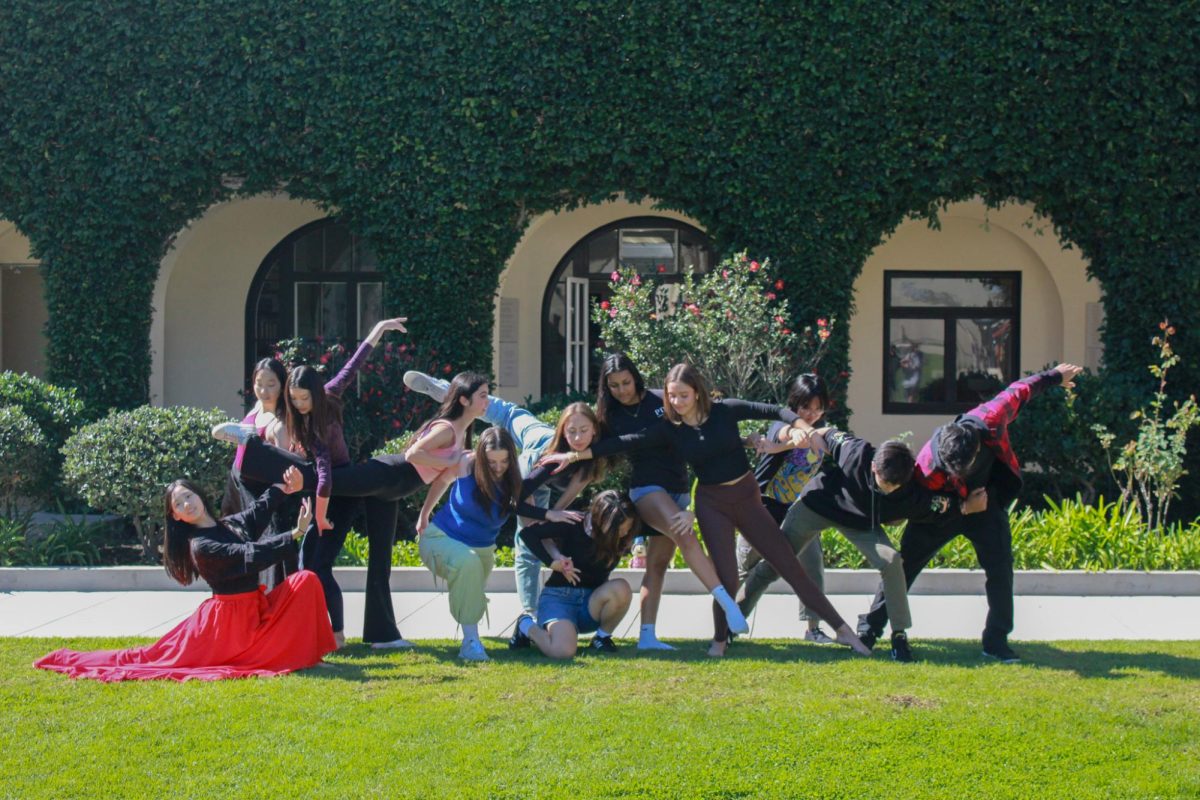
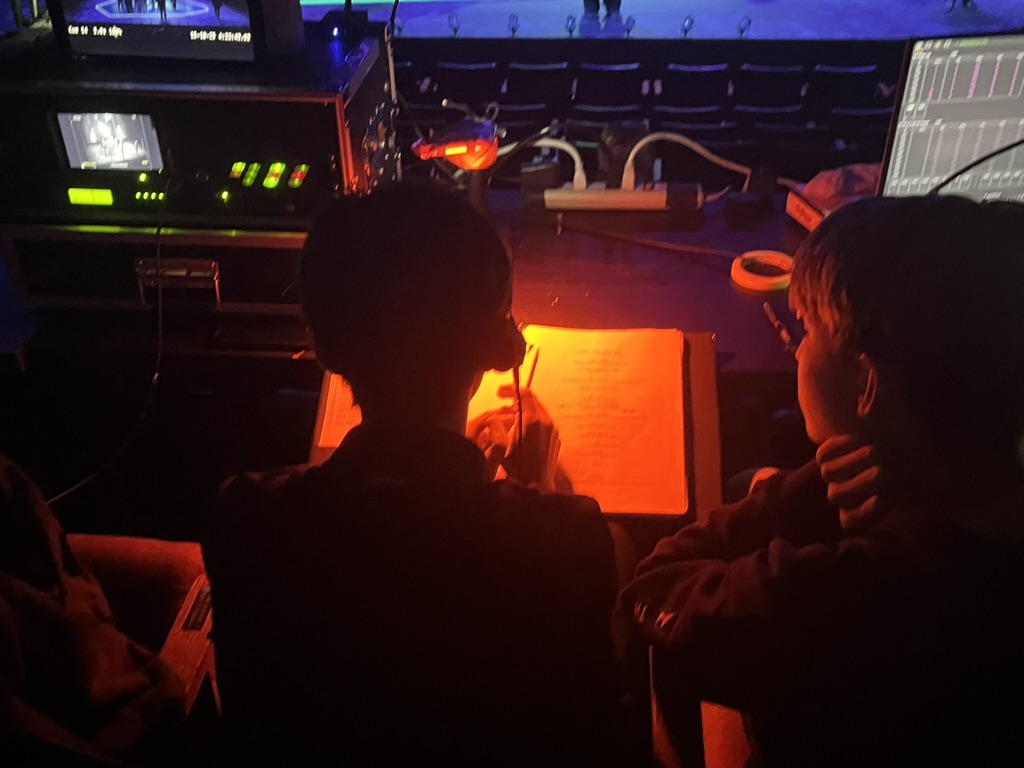
![Jackson Weisser (‘26), who played the title role of Beowulf, explained, “This adaptation specifically portrays Beowulf as having selfless motivations for a lot of his actions, and I think that's really powerful. Being more so a good person than a super physically intimidating person needing to fight all the time, is what I [want the audience to take away] from my performance of the character.”](https://thebishopstower.com/wp-content/uploads/2025/10/Beowolf26_047-800x1200.jpg)
![Leia (‘30) and Sara Park (‘32) ended their combative performance with a yell known as a kiyap. Leia explained with a proud smile, “I realized this when I was little, but not many people see taekwondo every day. For me, it’s a daily occurrence, so it feels very normal…when I do [a performance] in public, everyone’s like ‘Wow, that’s really cool’. So it always reminds me how this isn’t a normal thing in other people’s lives and I think it’s really cool that I can share that.”](https://thebishopstower.com/wp-content/uploads/2025/10/Screenshot-2025-10-02-at-2.07.47-PM.png)


